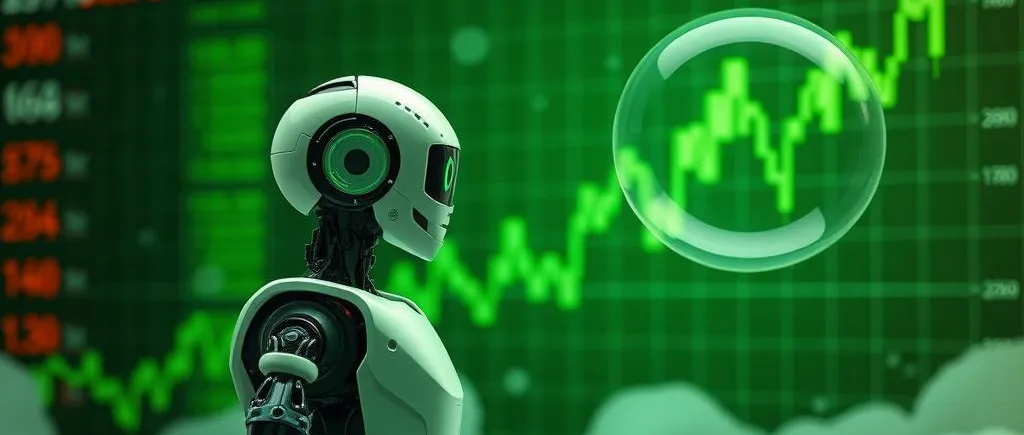President Donald Trump announced plans to double steel and aluminum tariffs from 25% to 50% starting June 4th, sending domestic steel stocks soaring as investors rushed to position themselves ahead of the new protections. The announcement, made during remarks at U.S. Steel's facility in Pennsylvania, immediately triggered massive moves in steel equities with Cleveland-Cliffs surging 26% in after-hours trading.
Immediate Market Reaction Shows Investor Confidence
Steel stocks rallied across the board on Monday, with Cleveland-Cliffs soaring more than 24% during regular trading hours, while Nucor and Steel Dynamics each climbed 10%. The sector-wide surge demonstrates investor confidence that domestic producers will benefit significantly from the increased protection against foreign competition. Trump stated that at the previous 25% rate, foreign producers "can sort of get over that fence," but at 50%, "they can no longer get over the fence."
26%
Cleveland-Cliffs Surge
50%
New Tariff Rate
June 4th
Implementation Date
The Numbers Behind the Opportunity
The United States remains the world's largest steel importer, excluding the European Union, with a total of 26.2 million tons of imported steel in 2024 according to the Department of Commerce. This massive import volume means the tariff doubling will have widespread impact across the entire industry, potentially driving significant price advantages for domestic producers. The new import duties will cover both raw metals and derivative products, affecting 289 product categories worth $147.3 billion in 2024 import value.
Trade War Tensions Create Urgency
The tariff announcement comes amid deteriorating trade relations, with China pushing back against U.S. accusations of violating their temporary trade agreement. European Commission officials have already indicated they are prepared to retaliate against the increased duties, adding another layer of uncertainty that could benefit domestic steel producers insulated from international supply chain disruptions. The escalating tensions suggest this tariff increase may be just the beginning of broader trade protection measures.







